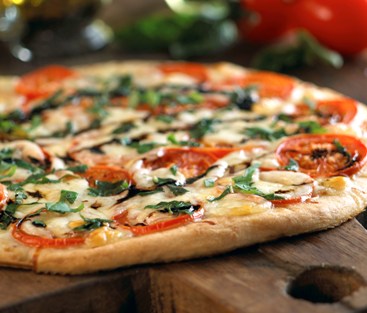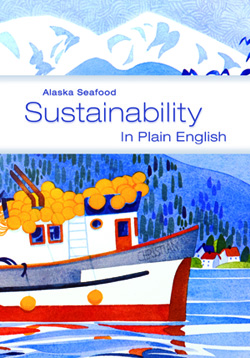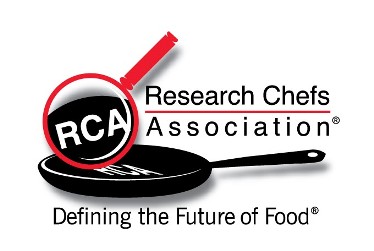Front of House: Keeping Our Tables Safe
By Wendy Gay, CHE
 Of the five most common risk factors for causing foodborne illness, three are issues for the front of the house.
Of the five most common risk factors for causing foodborne illness, three are issues for the front of the house.
One of the most important responsibilities we have in foodservice is making certain that the food we serve is safe. When teaching food safety, most of the emphasis is usually placed on the supply chain and preparation of food. But the front of the house plays a significant role in keeping our tables safe.

 Says Chef Weiner, even in short classes, instructors must stop doing the mise en place themselves unless they plan on accompanying students to their first jobs.
Says Chef Weiner, even in short classes, instructors must stop doing the mise en place themselves unless they plan on accompanying students to their first jobs. Alaska Seafood Marketing Institute (ASMI) has released a new resource to help navigate the waters of sustainability titled "Alaska Seafood Sustainability In Plain English."
Alaska Seafood Marketing Institute (ASMI) has released a new resource to help navigate the waters of sustainability titled "Alaska Seafood Sustainability In Plain English." The president of the Research Chefs Association encourages creative and science-minded students to explore Culinology®.
The president of the Research Chefs Association encourages creative and science-minded students to explore Culinology®. Can the words “light,” “healthy” and “desserts” even be used in the same sentence? More than ever, chefs are proving that they can.
Can the words “light,” “healthy” and “desserts” even be used in the same sentence? More than ever, chefs are proving that they can.